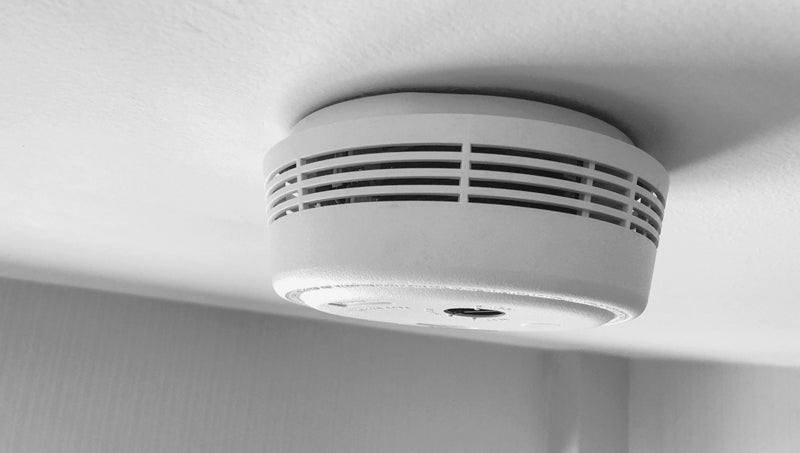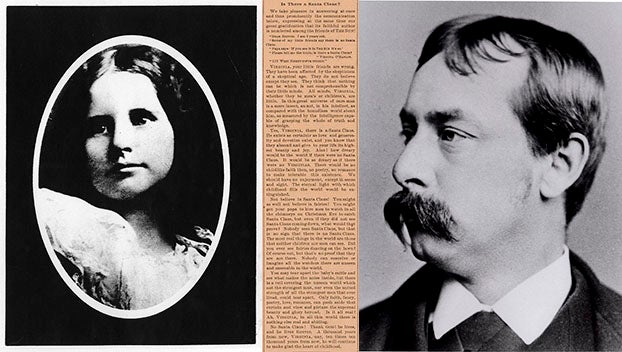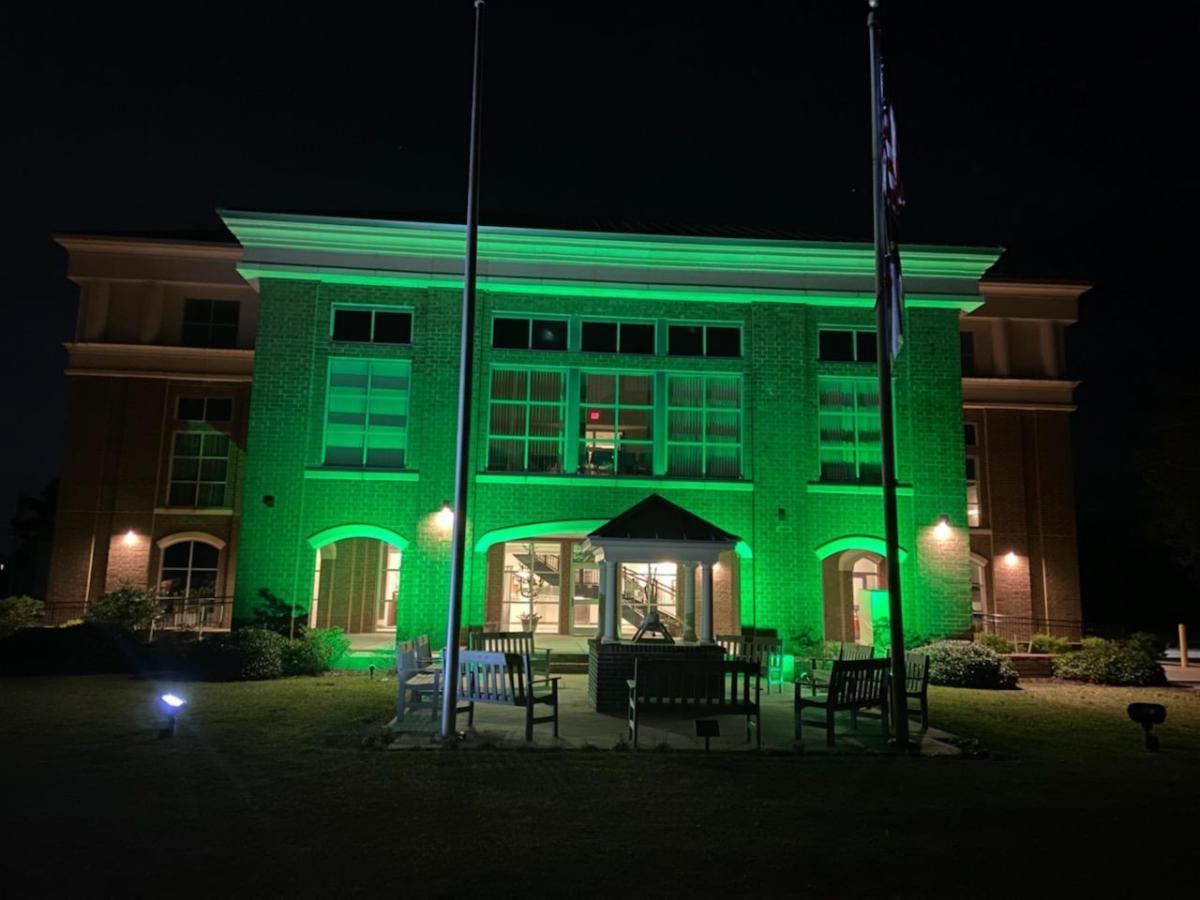Don’t feel the burn
Published 6:02 pm Monday, February 4, 2019
We’ve all been there. Possibly from spilling some piping hot coffee or grabbing a hot pan, we’ve all suffered pain from some kind of burn at some point. But not all burns are that slight that you just soak it in cool water, take some ibuprofen and apply aloe vera to feel better.
Surviving a large second, third or fourth degree burn is a whole other matter. They are types of injuries that can be so severe, you not only experience physical trauma but also emotional trauma as well, according to State Fire Marshal Mike Causey. That’s why, as National Burn Awareness Week, it’s important to bring awareness to the different causes of burn injuries and make people aware of the burn-care resources available.
One may not think so, but burn injuries are quite prevalent, as most fire-related injuries are burns. In fact, approximately every 60 seconds, someone in the United States suffers a burn injury serious enough to require treatment, according to the National Fire Protection Association. Burn injuries also continue to be one of the leading causes of accidental death and injury in the U.S. with approximately 486,000 people receiving treatment for burn injuries annually, according to the American Burn Association.
The focus of National Burn Awareness Week is on preventing injuries from burns in the home. The majority of preventable burn injuries that take place in the home tend to be scalds, fire-related injuries and electrical burns. Causey offers these safety tips to help prevent burns from fires and scalding at home:
- Be “alarmed.” Install and maintain smoke alarms in your home — on every floor and near all rooms where family members sleep. Test your smoke alarms once a month to make sure they are working properly. Use long-life batteries when possible.
- Have an escape plan. Create and practice a family fire escape plan and involve kids in the planning. Make sure everyone knows at least two ways out of every room and identify a central meeting place outside.
- Cook with care. Use safe cooking practices, such as never leaving food on the stove unattended. Also, supervise or restrict children’s use of stoves, ovens and microwaves.
- Check water heater temperature. Set your water heater’s thermostat to 120 degrees Fahrenheit or lower. Infants and small children may not be able to get away from water that may be too hot. Maintaining a constant thermostat setting can help control the water temperature throughout your home. Test the water at the tap if possible.
While you may think this is obvious information, please heed this advice and go over it with your children. Almost one-third of all burn injuries happen to children under 15 years old, according to the ABA.
More information on burn awareness and prevention, including free educational materials, can be found at the Office of State Fire Marshall’s website at www.ncdoi.com/osfm/.





